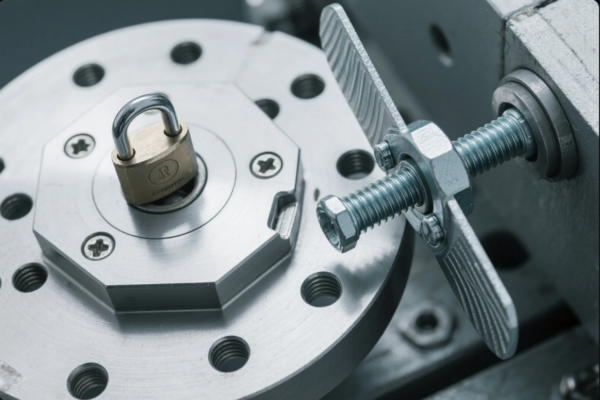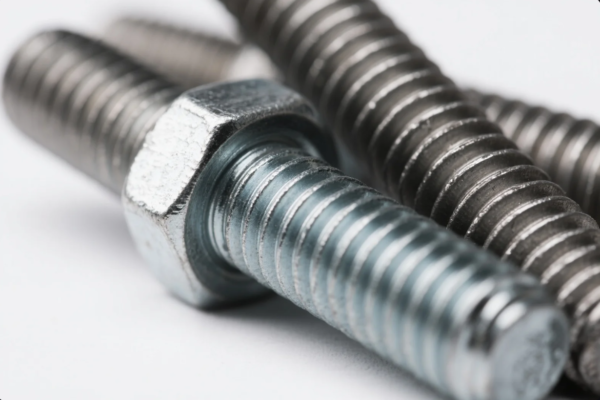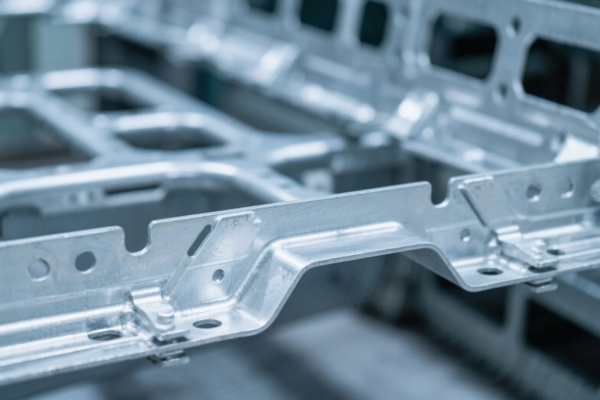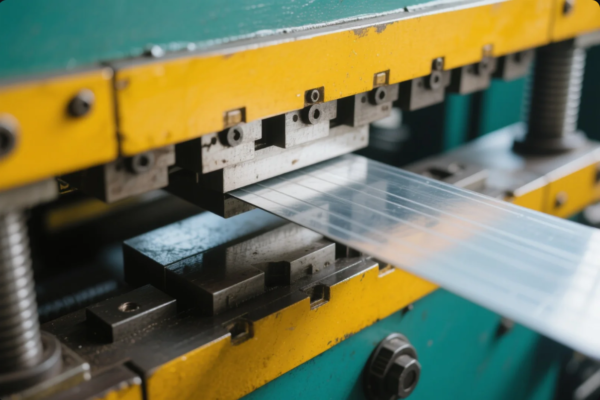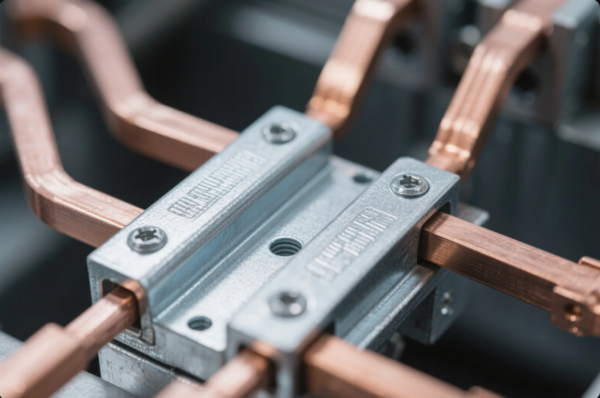What is the size of a nut bolt?
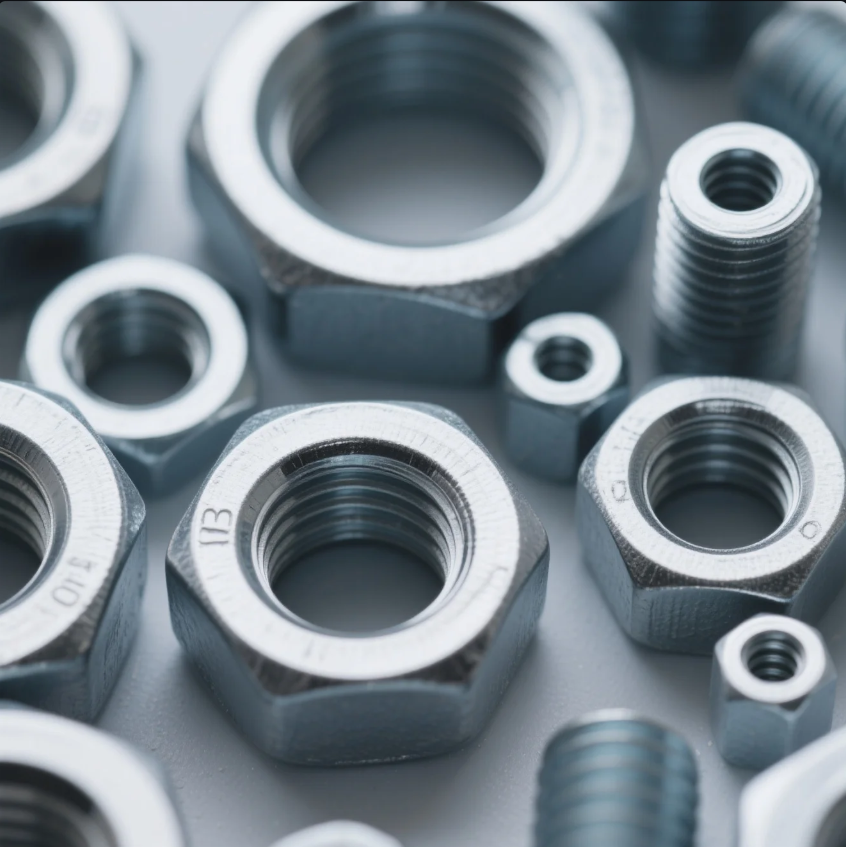
Choosing the wrong nut bolt size causes misfits, delays, and even structural failure.
The size of a nut bolt includes diameter, thread pitch, and length. You must measure it using calipers and thread gauges. Matching nuts and bolts depends on precision—not guesswork.
Many clients waste hours trying bolts until one fits. That’s not efficient. Let’s explore how to find the right size—and how Prime supplies fasteners ready for immediate assembly.
How to know nut bolt size?
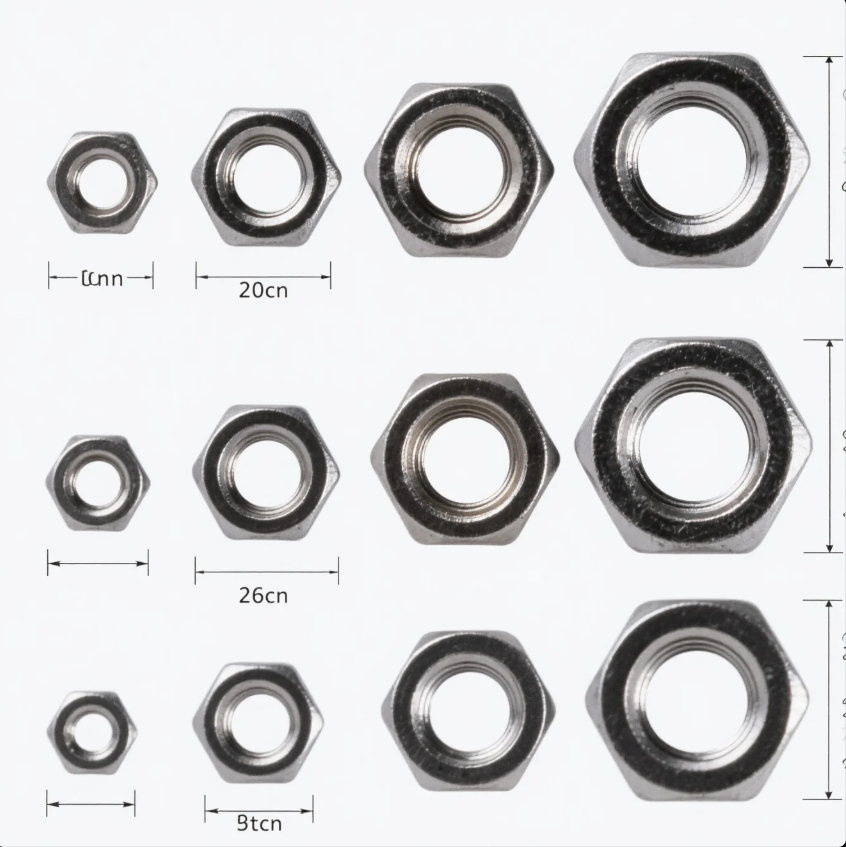
Guessing bolt size by eye rarely works. Measurement is the only reliable method.
You identify nut bolt size by measuring the bolt's diameter, thread pitch, and length. Use a digital caliper and thread gauge for accuracy.
At Prime, we label each bolt with exact dimensions and material grade. That helps our clients avoid mismatches during installation.
Three Key Bolt Dimensions
| Feature | What It Is | How to Measure |
|---|---|---|
| Diameter | Width across outer threads | Use digital caliper |
| Thread Pitch | Distance between thread ridges | Use pitch gauge |
| Length | End to bottom of bolt head | Use ruler or caliper |
In one automotive project, a client mixed M10x1.25 with M10x1.5 bolts. It caused thread damage. Now, they order Prime fasteners sorted by size and pitch, packed by machine.
Where do you find bolt size?
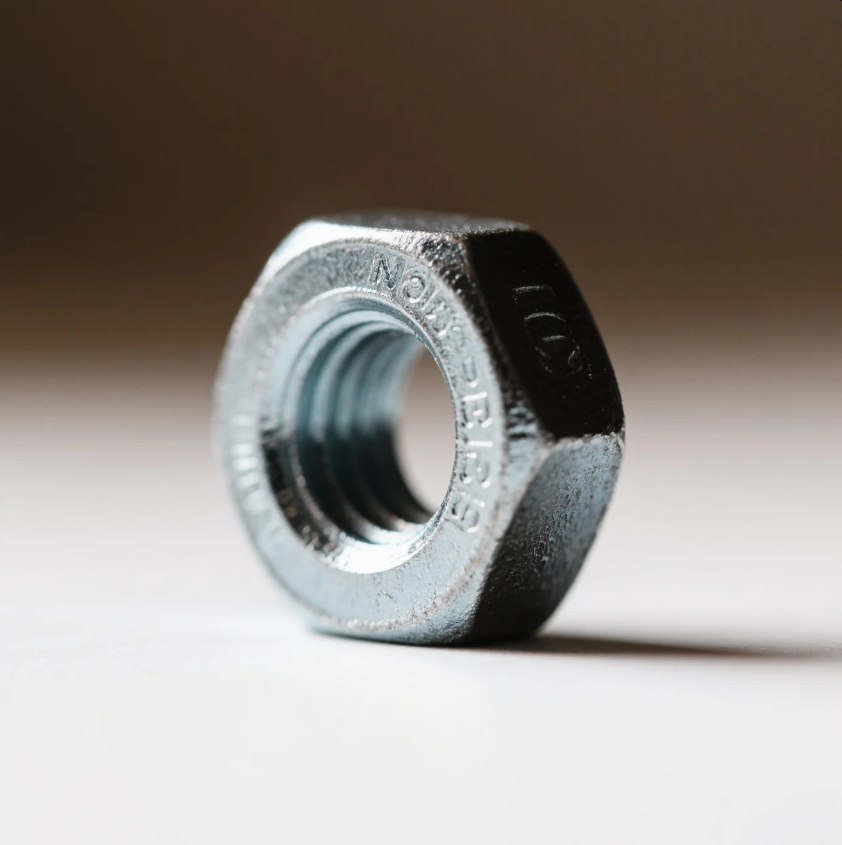
Bolt size isn’t written on the head—you need to measure or reference documentation.
Bolt size is usually found in engineering drawings, product packaging, or by direct measurement using a caliper and thread gauge.
Some manufacturers include size markings on packaging, but not on the bolt itself. Prime includes size charts and spec sheets with every shipment.
Where to Find Size Information
- Engineering blueprints or manuals
- Packaging labels or barcode scans
- Measurement tools (for loose bolts)
- Digital size-matching apps or guides
We also offer digital size-check PDFs that our global buyers print and use onsite. This cuts their measuring time by over 50%.
How do you match bolt and nut size?

Matching a bolt and nut is not just about diameter. Thread type matters just as much.
To match bolt and nut size, make sure both share the same diameter, thread pitch, and thread standard (metric or imperial).
Coarse threads (UNC) don’t match fine-thread nuts (UNF or metric). Always test with a thread checker or reference guide. At Prime, we assemble bolt-nut kits to eliminate mismatches.
Matching Checklist
| Checkpoint | Why It Matters |
|---|---|
| Same Diameter | Prevents looseness or forcing |
| Same Thread Pitch | Ensures smooth threading |
| Same Thread Type | Avoids stripping or cross-threading |
| Same Grade | Maintains consistent strength |
We recently supplied a batch of M12 stainless bolts with nylon nuts, pre-matched and labeled for a French equipment manufacturer. It cut their assembly time in half.
How do you guess bolt size?
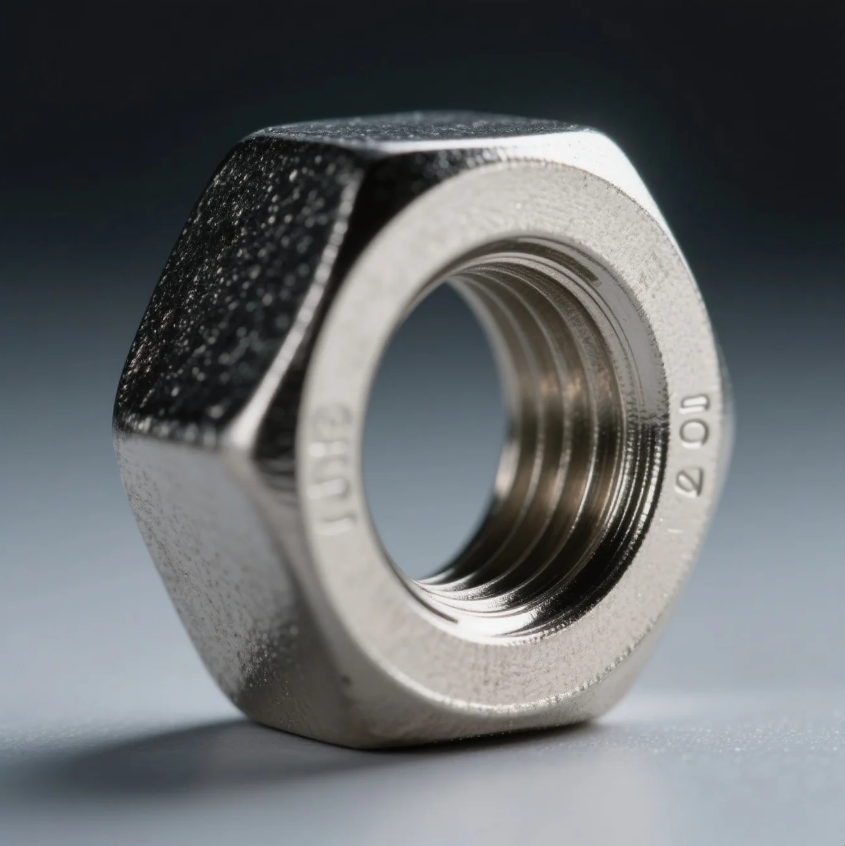
Sometimes, you don’t have tools. You still need a way to estimate bolt size quickly.
To guess bolt size, compare it visually to a known standard or use a printed bolt size chart. But measurement is always more reliable.
At best, visual matching works as a temporary fix. For production, guessing causes delays or damage. Prime provides bolt sizing charts and sample kits so you never have to guess.
Tips for Estimating Bolt Size
- Compare to known bolts in your toolbox
- Use printable size reference sheets
- Count threads per inch and measure bolt length
- Use thread pitch cards or digital apps
One of our North American clients used to guess bolt sizes. Now, they use our Prime-branded stainless steel pitch gauges on every line station. Fewer errors. Faster installs.
Conclusion
Bolt size depends on thread diameter, pitch, and length—measure precisely to match nuts and ensure fit.
Need fasteners labeled by size and thread? Contact Prime now for a free quote, spec consultation, and custom packaging by bolt dimension. We deliver ISO-certified nut-bolt kits with perfect matches—ready to use, no guesswork.

